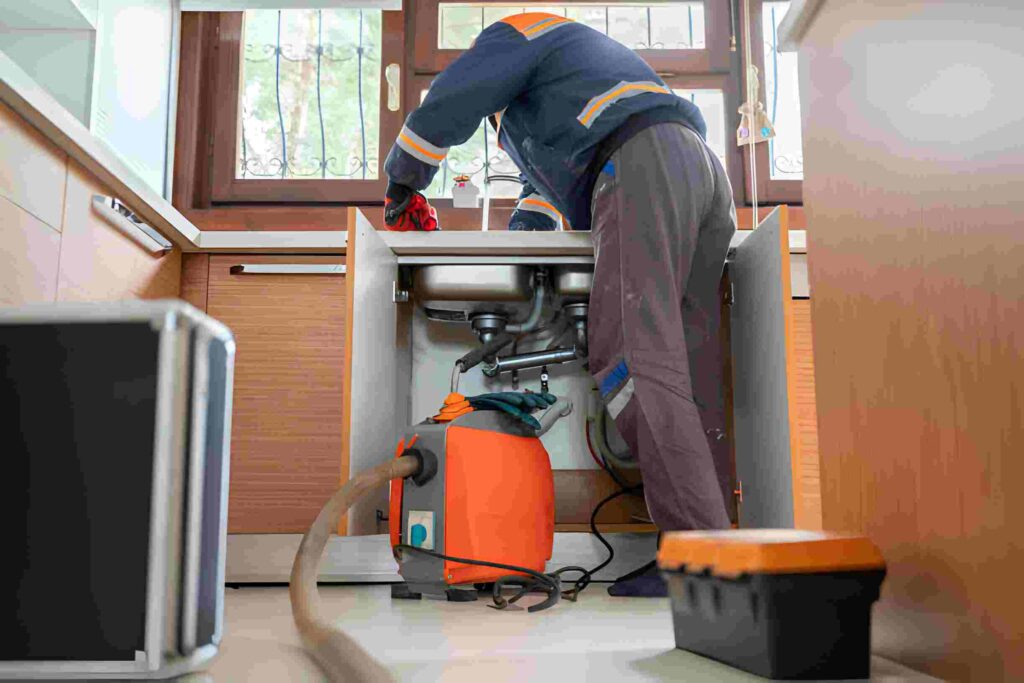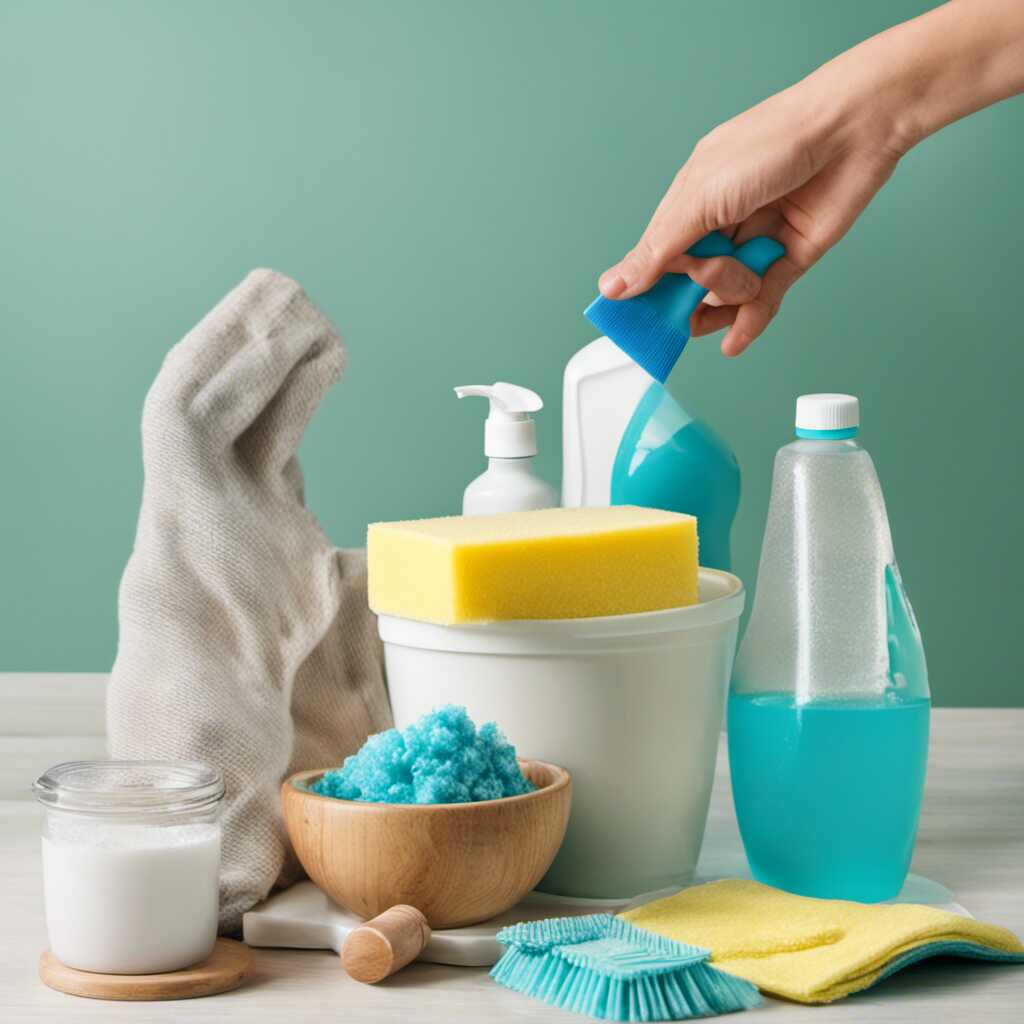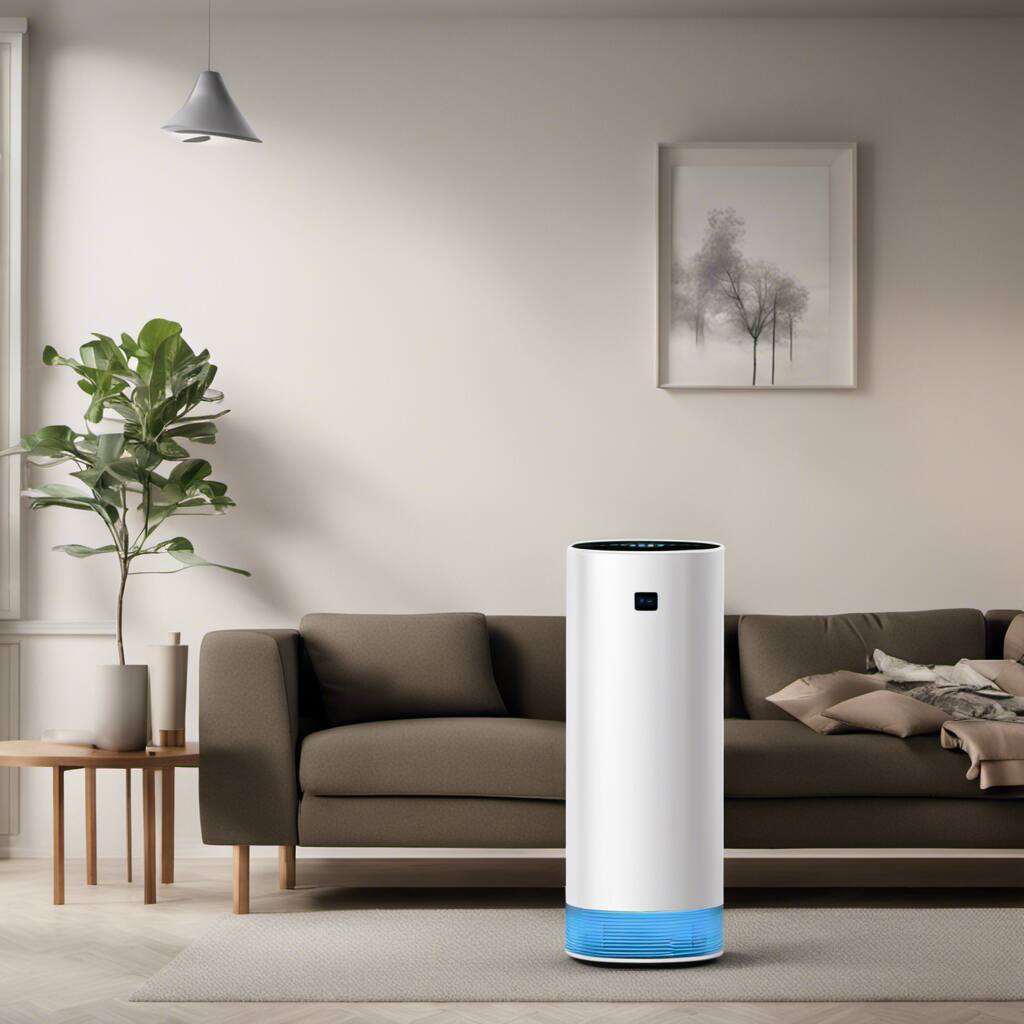
As the seasons change, many of us eagerly anticipate the blossoming flowers, warm sunshine, and the refreshing outdoors. However, for those susceptible to seasonal allergies, the arrival of spring or fall can also usher in a less welcome companion: allergy symptoms. The sneezing, itchy eyes, and congestion can put a damper on the joy of the changing seasons. While we may not have control over the great outdoors, our indoor environments offer a canvas for crafting a haven of relief.
In the following paragraphs, we’ll delve into a wealth of strategies, from understanding the allergens that affect you to implementing strategic cleaning practices and making thoughtful adjustments to your living spaces. Whether it’s combating dust mites, minimizing pollen exposure, or creating allergy-friendly living areas, our goal is to empower you with actionable tips for a cleaner indoor environment that promotes respiratory well-being. Say goodbye to the sneezing fits and red eyes, and let’s embark on a journey toward a home that nurtures health and embraces the beauty of every season.
Understanding Seasonal Allergies and Culprits
1. Know Your Allergens
Identifying allergens is the first step to combating seasonal allergies. Common culprits include pollen from trees, grasses, and weeds, as well as mold spores. Understanding which allergens affect you allows for a more targeted approach to cleaning and prevention.
2. Monitor Pollen Levels
Keep an eye on local pollen forecasts, which often provide information on prevalent allergens. On high pollen days, take extra precautions with cleaning and limit outdoor activities to reduce exposure.
3. Indoor Allergen Sources
Recognize indoor sources of allergens, such as pet dander, dust mites, and indoor molds. Regular cleaning practices can significantly reduce these triggers, creating an environment conducive to allergy relief.
4. Personal Allergy Tracking
Maintain a personal allergy diary to track symptom patterns. This documentation helps identify specific triggers, allowing for a more tailored approach to cleaning and lifestyle adjustments.
5. Consult with Allergy Specialists
For personalized advice, consult with allergy specialists. They can conduct tests to pinpoint specific allergens affecting you and provide guidance on preventive measures.
Strategic Cleaning Practices
Frequent Dusting and Vacuuming
Dust mites, a common indoor allergen, thrive in dust and carpet fibers. Regular dusting and vacuuming with a HEPA filter significantly reduce their presence, especially in bedrooms and living areas.
Wash Bedding Weekly
Bedding is a breeding ground for allergens. Wash sheets, pillowcases, and blankets weekly in hot water to eliminate dust mites and remove pollen. Encase pillows and mattresses in allergen-proof covers for added protection.
Pet Grooming and Cleaning
If you have pets, groom them regularly to minimize shedding. Vacuum carpets, upholstery, and pet bedding frequently. Consider using an air purifier with a HEPA filter to capture pet dander.
Mold Prevention and Cleanup
Combat indoor mold by maintaining proper ventilation in bathrooms and kitchens. Fix leaks promptly and clean mold-prone areas with mold-killing solutions. Dehumidifiers can also help control humidity, hindering mold growth.
Air Duct Maintenance
Regularly inspect and clean HVAC systems and air ducts to prevent the circulation of dust and allergens throughout your home. Change air filters at recommended intervals to ensure optimal air quality.
How to Create Allergy-Friendly Living Spaces
Limit Indoor Plants
While indoor plants are aesthetically pleasing, they can harbor mold in their soil. Opt for plants with minimal mold risk, and regularly clean and monitor the soil to prevent mold growth.
Use Allergy-Proof Mattresses and Pillows
Invest in hypoallergenic mattresses and pillows to reduce exposure to dust mites. Wash bedding regularly and consider using allergen-proof covers for mattresses and pillows.
Choose Flooring Wisely
Opt for flooring options that are less likely to trap allergens. Hardwood, tile, or laminate flooring is preferable to carpets, which can harbor dust mites and allergens.
Regular Window and Curtain Cleaning
Pollen can settle on windows and curtains, triggering allergies. Regularly clean windowsills, blinds, and curtains to remove pollen and dust. Consider using washable curtains for easy maintenance.
Air Purifiers with HEPA Filters
Invest in air purifiers equipped with HEPA filters to capture airborne allergens. Place purifiers in bedrooms and frequently used living spaces to create zones of clean, allergen-free air.
Natural Remedies and Allergen-Free Products
Homemade Allergen-Free Cleaners
Create your own allergen-free cleaning solutions using simple ingredients like vinegar, baking soda, and lemon. These natural cleaners are effective and eliminate the need for harsh chemicals.
Essential Oils for Allergen Control
Certain essential oils, such as eucalyptus and tea tree oil, possess antimicrobial properties. Incorporate these oils into your cleaning routine to add a pleasant scent while combating allergens.
Hypoallergenic Bedding and Furnishings
Invest in hypoallergenic bedding, including pillows, mattresses, and duvets. Choose furniture with washable, allergen-resistant covers to minimize the accumulation of dust and pet dander.
Purified Water for Cleaning
Use purified water for cleaning to avoid introducing additional contaminants. Water impurities can contribute to indoor air pollution, affecting individuals with allergies and sensitivities.
Allergen-Free Personal Care Products
Opt for allergen-free personal care products to reduce the risk of skin reactions and respiratory irritation. Check ingredient lists for common allergens, and choose products labeled as hypoallergenic.
Outdoor Allergen Mitigation
Designated Entryway
Establish a designated entryway where family and guests can leave outdoor shoes and outerwear. This minimizes the introduction of outdoor allergens into your living spaces.
Regular Grooming for Outdoor Pets
If you have outdoor pets, groom them regularly to reduce the transfer of outdoor allergens into your home. Wipe their paws before they enter, especially during high pollen seasons.
Use HEPA Filters in Vehicles
Install HEPA filters in your vehicles to reduce the influx of outdoor allergens during commutes. Regularly clean and replace these filters to maintain their effectiveness.
Pollen-Tracking Apps
Stay informed about outdoor pollen levels by using pollen-tracking apps. This knowledge allows you to anticipate high pollen days and take proactive measures indoors to minimize exposure.
Plan Outdoor Activities Strategically
Schedule outdoor activities during times of lower pollen counts. Early mornings and late evenings tend to have lower pollen levels, reducing the risk of exposure for individuals prone to allergies.
Conclusion
Seasonal allergy management becomes an art of careful cleaning and deliberate tweaks. You can make your home a sanctuary that reduces allergen exposure by implementing these specific tips into your cleaning routine and environment. From targeted cleaning techniques to thoughtful home adjustments, every action you take helps to create cleaner indoor air quality and a more comfortable living space. Adopt these practises and watch your home transform into a haven where seasonal allergies are minimised, allowing you to fully appreciate the beauty of every season.







